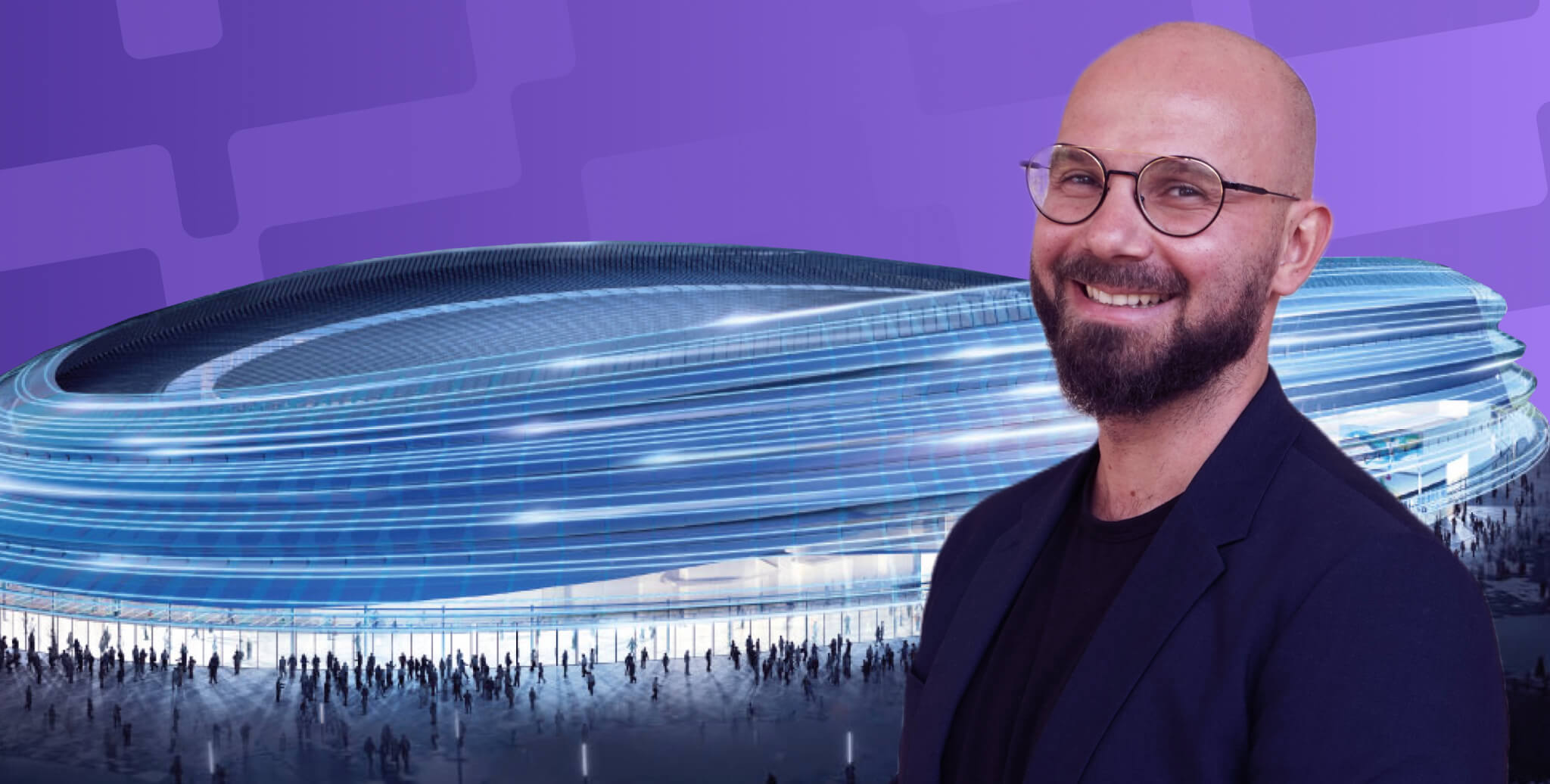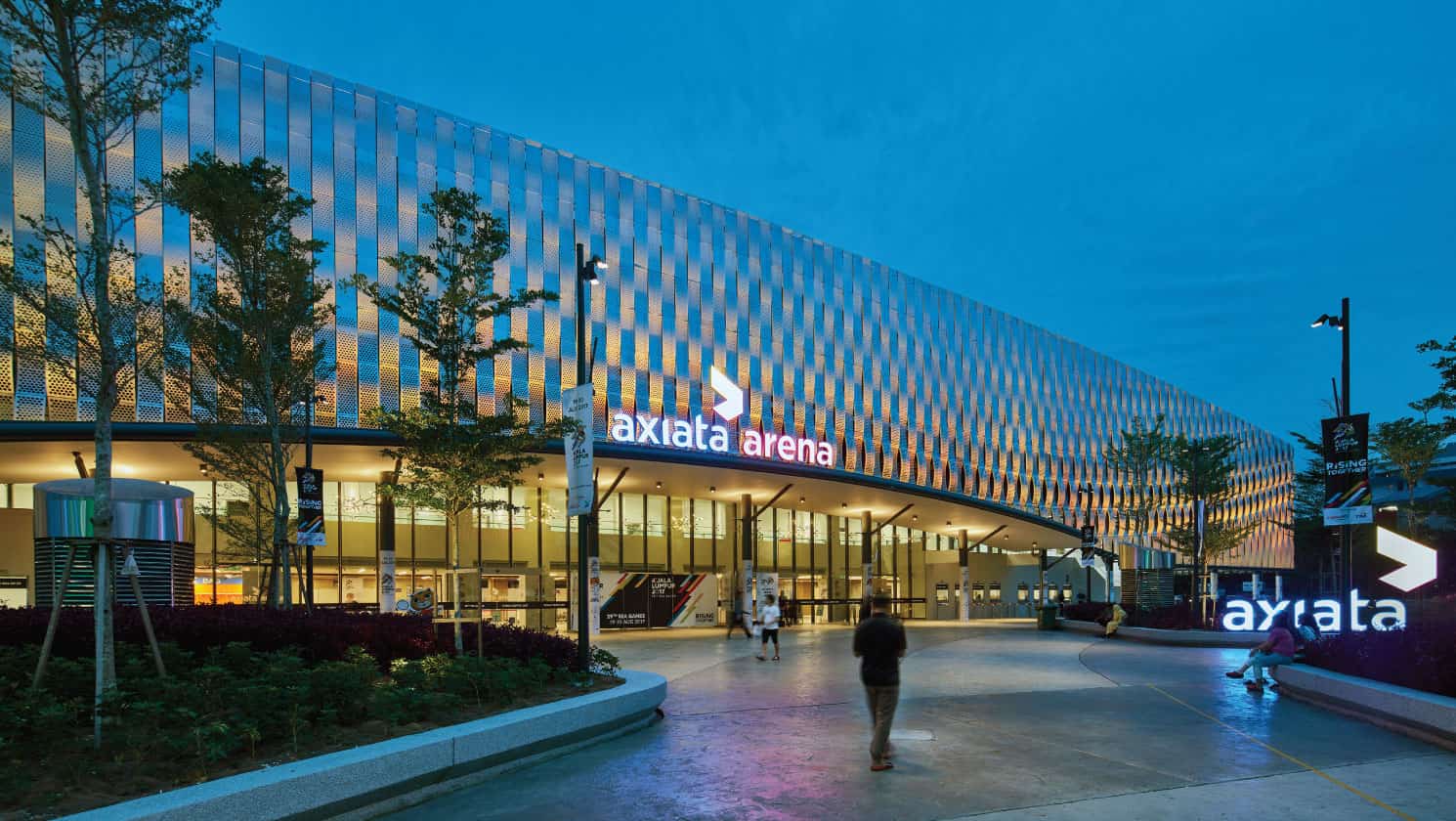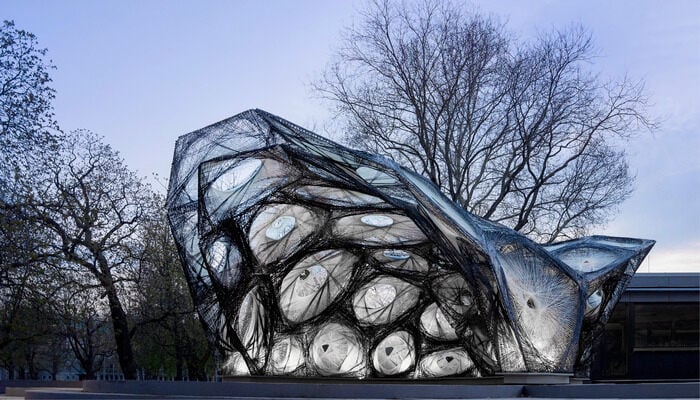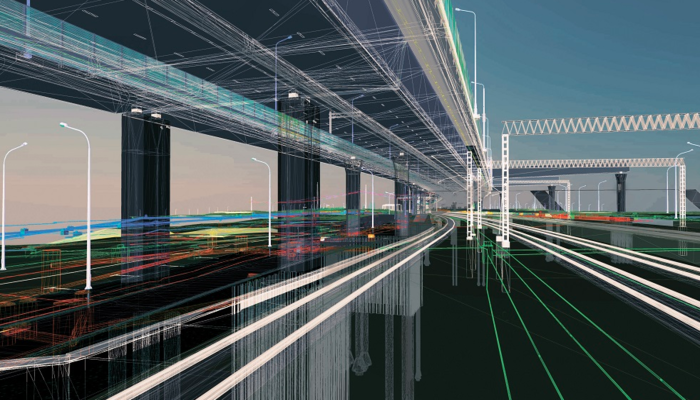Why Should Architects Learn Computational Design for a Rewarding Career? – Observations From a Mentor

Table of Contents
“...I really believe that we need to embrace this technology (Computational Design) to be able to tackle the challenges we have, especially with achieving net zero and other sustainable aspects of architecture.”
1. You have extensive experience as a computational and architectural designer working in France, Australia and the APAC regions. Can you give us a rundown of your professional experience with regards to Computational design?
I studied at ENSA Normandie for both my bachelor’s and master’s degrees, where I first became exposed to computational design. I was also an exchange student in Stuttgart, Germany where I was lucky enough to be in Tobias Wallisser’s studio, Lava, for two semesters. I learnt about biomimetism, exploring design using Grasshopper and Rhino as well as Ecotech, Geco and Maya.
After graduating, I worked at Philippe Rahm Architects in Paris, joining the design team for the Eco Jade Park project in Taiwan.
Later on, I started working at Populous as a computational designer to help the design team on the project in Saudi Arabia. Then, I became an associate at Populous and founded the computational design group in the APAC region.
Now, I am working as a consultant on Computational Design working with architects for various projects.

2. What does BIM and Computational Design mean to you? How have these digital technologies helped you in design?
To me, they help with design. We shouldn’t be constrained by the software we use to design. We are lucky enough to work in a field where creativity plays a major role. We are building the future and then we're lucky enough to create an impact with every decision we will make.
The shortest route from ideas to paper is obviously through your hands, with hand drawings. I also create a lot of hand drawings to translate my ideas onto paper. But there is a stage where you need to put that out into the 3D world. That's exactly where computational design tools come in.
Personally, it is very important for me to have this flexibility in design. What software should I use for that and what would be the most efficient way to mould that?
3. Computational designers could be a very broad term to some. Can you tell us the types of typical roles in the industry?
This is a bit tricky. When you are an architect, you don’t just design. You might need to be good at Excel as well or write reports as part of your architectural role. Building a script is also part of the job (as a computational designer). Personally, I think computational design is also about possessing an extra set of skills which allows us to be able to help in specific aspects of design.
When I was at Populous, I worked closely with Gavin Robotham from CRAB studio. Working with someone like Gavin was absolutely amazing. He came up with all the sketches and we figured out how to model the design in softwares like Rhino and Grasshopper.
Computational design itself is very broad. Some would even argue that Autodesk Revit is also a computational design tool. As long as you have parameters and elements to play with, it is almost computational.
What’s interesting about Grasshopper as a computational tool is that you are building your own logic which is very advantageous. For example, when using Revit, we are still constrained to certain design features. Grasshopper and parametric skills will drive into other aspects of design allowing you to explore other design paths.

4. What does a typical day at work look like for a computational designer in the field of architecture?
What’s interesting about the role is that sometimes people will come to you with some sketches and say they want to create this design. We get involved at this point. We have discussions on the design and see where we want to go with it. Once that direction is set, we think about what would be the best tools to use.
I am a computational designer, but I am also using Revit and many other kinds of software because for me, it is more about finding the best way to design in the most efficient way. Basically, that's how it works. You work with the design team and try to find the best solution. We ask questions about where we want to orient the design exploration and the iterative process.
Then the computational thinking comes in where you take into consideration all the items and elements and evaluate where the design could go. Then, you build the script for coding based on the specified criteria. You set the script in a way that should help you to explore various ideas. Sometimes in design, we need to change the direction or strategy and rebuild the script to explore more.
In the process, I sketch a lot, then break it down on the structure and write stories. I tell my students, we say scripts but it is really a story you are telling the computer. This role is all a very creative process, even though it may look close to engineering.
5. Is the role of a computational designer very different from that of an architect? Can one still utilise computational design processes in their workflows without actually becoming a “computational designer” in title?
Yes, definitely! As I mentioned earlier, it is in reality just a tool. How and how often you are going to use it is really up to you. It is good to know it and be able to use it. When you work on small projects, you will likely be using computational design only in certain stages. This might be different for larger projects.
It gives you this freedom of composing and the efficiency. The efficiency is not only in the design phases but also within documentation. Even by using tools like Rhino.Inside, you can get amazing shortcuts on how to produce drawing way more efficiently. Set up workflows and automation to avoid having repetitive tasks and improve your productivity, because nobody really likes repetitive tasks. It's really interesting to push this aspect because it just improves the quality of our professional framework overall.
Automation takes care of what we don’t want to do, and instead, lets us do what we like.

6. What is the scope of computational design for the AEC industry, at this current stage and in the future?
When I started learning in 2019, back in France, no one was really interested in it. There was more attraction to it in Germany actually. It took a while to take off in France, for people to understand and take an interest in it. The industry today almost remains the same. In my company, I try to convince through efficiency or how we can improve the process.
In my opinion, the industry is still trying to catch up on it. Even BIM is still new to some, computational design even newer. I have been working with computational design for more than 12 years but the industry largely is still not conversant with it.
The way to communicate about this is by breaking it down how it can be efficient, how we can be more creative with less time spent on repetitive tasks and how we can push the industry forward with quality and efficiency.
People will take time for the transition, the same as going from CAD to BIM or from 2D to 3D. It is happening now with computational design. There are still architects preferring to work in simple 2D and 3D but more and more are willing to adopt computational design in their systems.
There is so much potential because it is open source and expendable. So many talented people are creating amazing plugins (Here are 8 Awesome Rhino 3D plugins as examples), making a contribution to the community. It's just so broad that it's very hard to actually say exactly what we will have next.
7. Why should architects learn computational design? What are the career benefits to be gained from learning these skills?
First of all, personally, it is fun. Very cool, creative, and fun to learn. There is a lot of problem-solving, which is also a skill students should have to get through to the future. No matter what’s going to happen with all the evolution of computational science, problem solving will still be something we need to do.
It also gives you opportunities to be really creative. I think that is what’s really exciting about it. If you have some great skills of the future, that will get you ready for the future, for what comes next.
8. We know the potential of computational design for architecture and many architects are taking it up. But, can Computational Design also assist engineers?
Of course. For architects, tools like Rhino.Inside (with an amazing side of Grasshopper) brings the power of Grasshopper into Revit which is a game changer in the industry. For engineers, such tools also have something to offer, for example, performance studies, sustainability, structural analysis, and lifecycle assessment.
Many engineering firms are already using computational design in their workflows. I would even say the architects are behind in the adoption.
Another great example of tools are Ladybug and Honeybee that you can use in Grasshopper for climate studies. Engineers are already using them. Architects should learn and embrace them so that we can have more informed designs through data and computational design.
What is sustainability in architecture? Here is our guide to understanding sustainable architecture.

9. You are also an educator, currently with Bond University and have over 2 years of teaching experience in digital design in universities. What got you into teaching in this niche?
I just want to share my knowledge. Learning computational design helps them be prepared for the future. It is a tool but it is also part of learning.
I believe there is a lot to learn to be an architect. Computational design is just a small part of it.
It also introduces students to more advanced techniques like coding. Knowing Grasshopper is an easy way to get into coding. Understand it, develop your skills in Grasshopper and get into Python and other types of coding.
I am teaching fabrication as well. I have done waffle structures with the students, tackling how to laser cut and 3D print and how everything comes together in the end as an efficient iteration process. Computational tools allow us to test ideas, to be efficient in the workflows, to iterate multiple designs from a single idea.
I really believe that we need to embrace this technology to be able to tackle the challenges we have, especially with achieving net zero and other sustainable aspects of architecture. That's what I am really thrilled to teach because it is important for students who are going to become future professionals to be aware of what exists.
10. Finally, what advice would you give to fresh graduates and young architects out there who are interested in learning Computational Design?
This is not limited to just computational design, but for anyone who wants to learn about architecture, they just need to be curious. Be curious and find ways to learn. We live in a beautiful world where we can learn a lot from the Internet and books. Find something you like because it's always easier to get energy and motivation when you like what you do. Always try to find a way to learn something in a fun way because I think it's the only way you really learn.
There you go, folks. Being curious is the best way to learn!
Brice Pannetier has joined Novatr as a course mentor for our latest course on computational design! Learn from Brice and other industry experts from top design firms, and Master Computational Design with Real-world Application knowledge from the architecture and design industry.
Head to our Resources to discover more inspiring stories about our mentors and industry experts.

 Thanks for connecting!
Thanks for connecting!

/827x550/images/blog/blogHero/P005_SC_ComputationalvsParametric_0222_Image01.jpg)
/827x550/images/blog/blogHero/graduates_from_oneistox_bim_professional_course.jpg)
/827x550/images/blog/blogHero/how_to_become_a_sustainable_architect.jpg)
.png)
-1.png)





